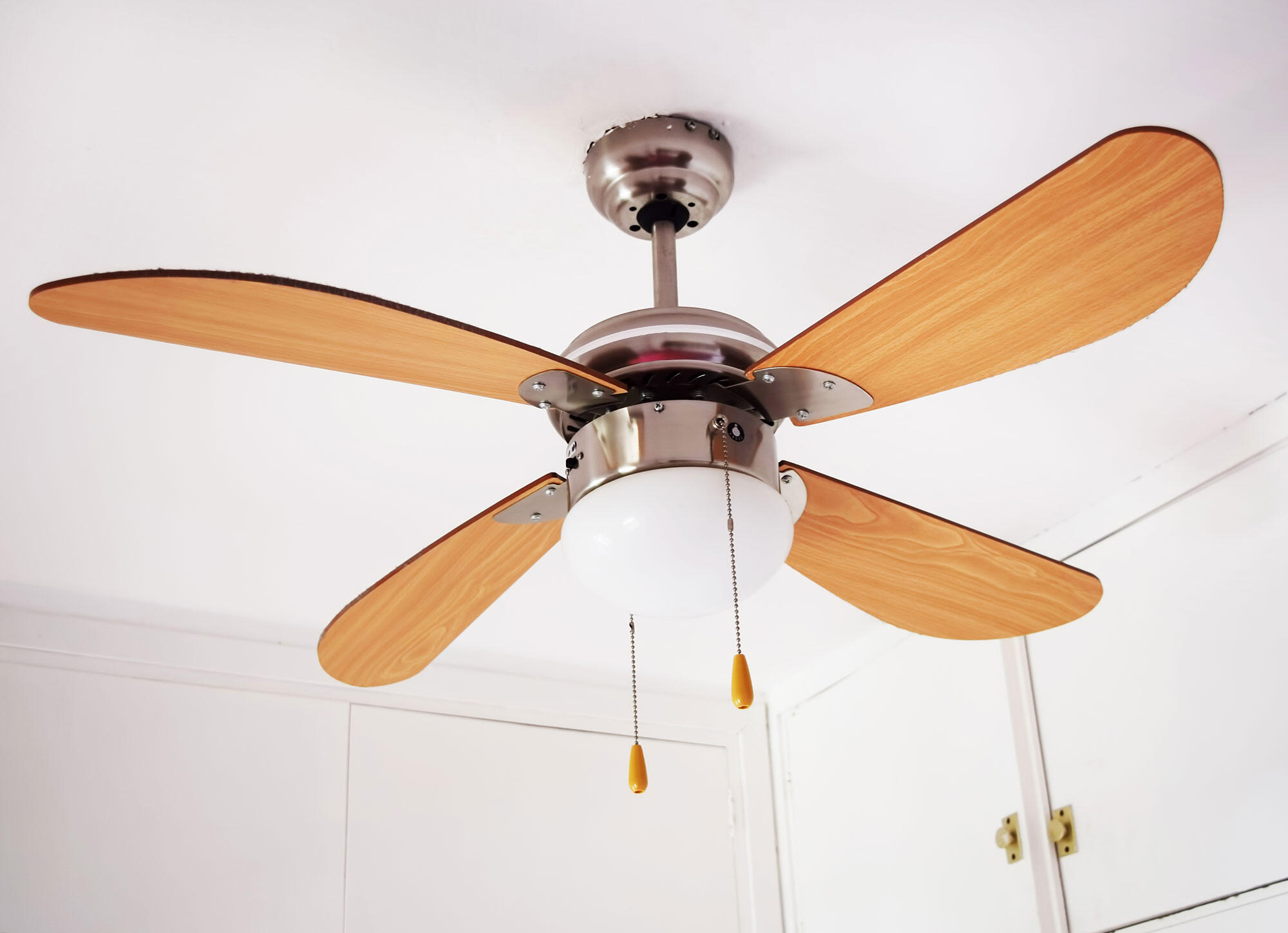
THE PRODUCT:
A ceiling fan light kit (CFLK) is the lighting affixed to a ceiling fan. CFLKs are typically attached to the ceiling fan by the manufacturer and sold as a single unit, but CFLKs may also be sold separately for subsequent attachment to a ceiling fan.
THE STANDARD:
The current standards for CFLKs took effect in 2020. The standards effectively require that all typical CFLKs (brightness equal to or greater than 120 lumens) utilize compact fluorescent or solid-state (e.g., LED) bulbs.
DOE initiated a rulemaking in 2021 to consider amended standards for CFLKs.
KEY FACTS:
As of 2020, nearly 90 million US households used at least one ceiling fan, most of which are shipped with CFLKs. Similar to common light bulbs, CFLK efficiency can be improved by using more efficient LED bulbs.
Fact Sheets
Standards in the News
Timeline
| Federal | Date |
| Next Review Due | 2022 |
| 2nd Federal Standard Effective | 2020 |
| 2nd Federal Standard Adopted | 2016 |
| 1st Federal Standard Effective | 2007 |
| 1st Federal Standard Adopted | 2005 |
| EPACT Initial Federal Legislation Enacted | 2005 |